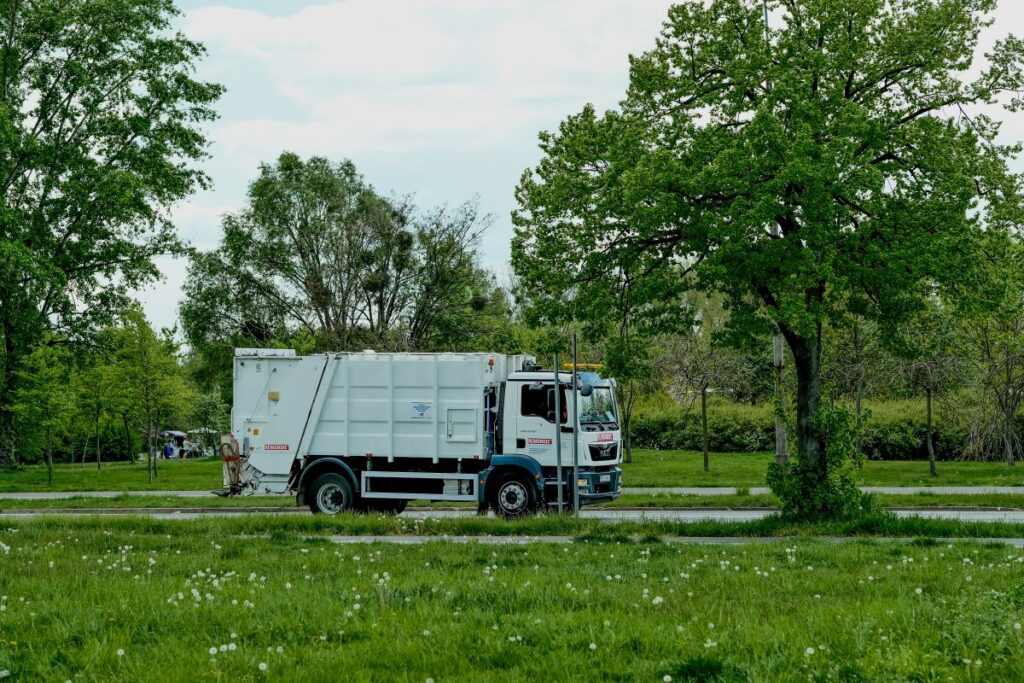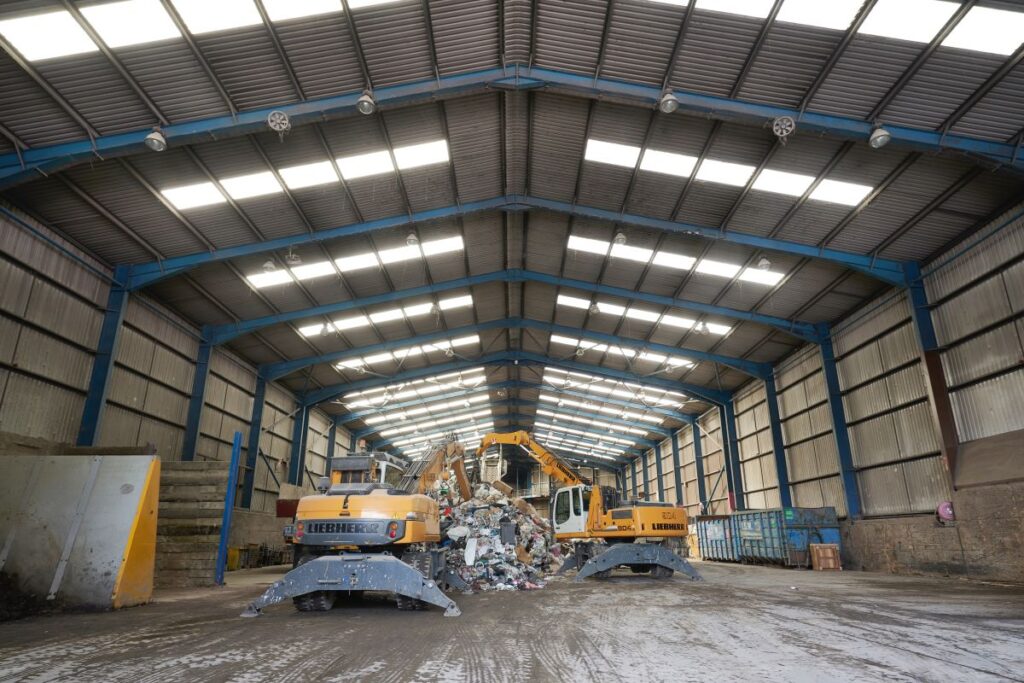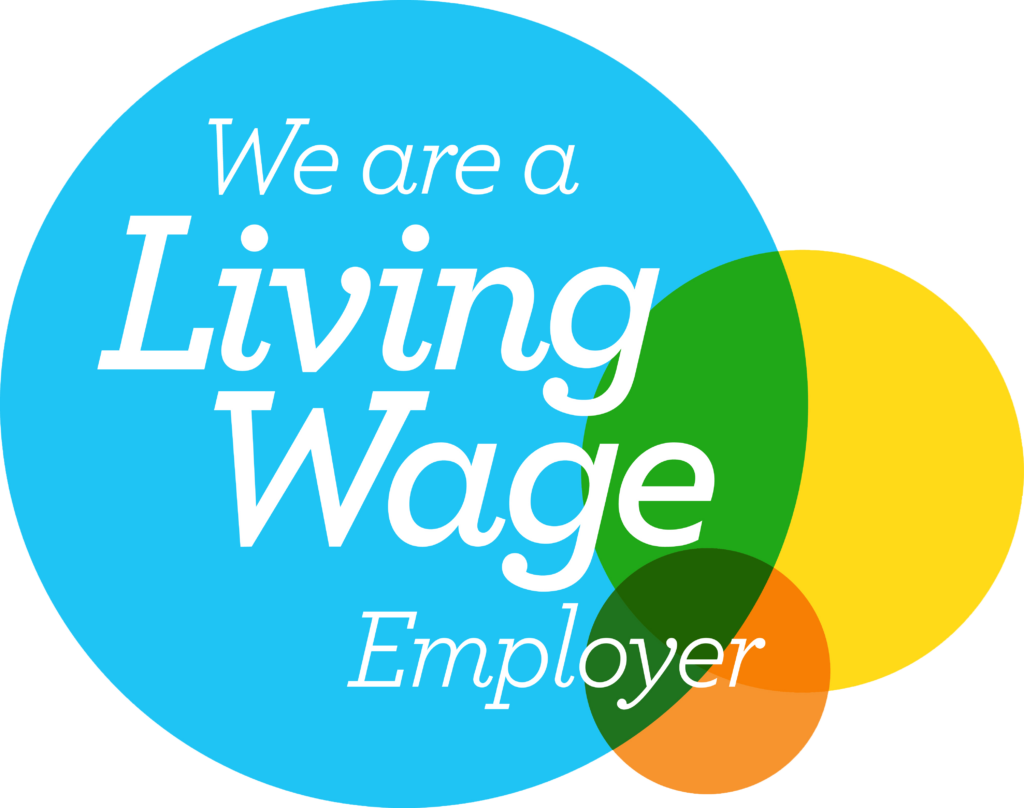BLOG
What happens at a Waste Transfer Station?

Waste Transfer Stations are a vital step on the journey of waste management. In this guide, we explain what they are, what happens there, and how they are different to Material Recovery Facilities (MRF).
What is a Waste Transfer Station?
Waste Transfer Stations act as a collection point for all different types of waste streams. The collection vehicles and containers will be emptied there with all the waste they are depositing being screened. The waste is then loaded into larger transport vehicles for long haul transport. It is then taken to the appropriate next step, whether this be an Energy from Waste Facility or the right recycling site. These Waste Transfer Stations are usually based on large plots of land as they need to accommodate a wide range of equipment, such as loaders, conveyors, and compactors, as well as tipping areas and large commercial vehicles.
Waste Transfer Station vs Material Recovery Facility
Whilst the two terms are often used interchangeably, there is a significant difference between them.
Waste Transfer Stations are typically used to consolidate waste resulting in more economical hauling of waste. Whereas Material Recovery Facilities (MRFs) go the extra step to separate and decontaminate waste streams before it is passed on for processing. This is commonly done for recyclable waste streams. Usually, the waste will have already been sorted before it gets to an MRF to make the process smoother.
Overall, both sites have similar layouts, equipment, and staff. However, MRFs will go that step further as they are more suited to recycling. However, both terms are often used interchangeably, as separation happens at Waste Transfers Station too.


What happens at a Waste Transfer Station?
Solid waste is brought to a Waste Transfer Station for initial processing before it goes to its final disposal site, such as a recycling facility. This process is usually done commercially but most Waste Transfer Station will also accept tipping or external inbound waste.
Arrive and Weigh
Once your waste has been collected, the collection vehicles will take the waste to the station. Once it’s arrived, the waste load will be weighed and recorded on Waste Transfer Notes. These are compulsory documents that show proof that non-hazardous waste has been transferred from one place or party to another.
Tip and Process
After, the waste is then tipped and goes through a screening process. This removes any unsuitable materials, such as hazardous waste, so that all the waste can be disposed of correctly and sustainably. Once hazardous materials have been separated, the waste will then go through a further process to separate the waste according to different characteristics, such as recyclability, size, or properties.
Reload
Once the waste has been sorted, it is then reloaded back onto a large vehicle to be transported to the next stage. Oftentimes, the waste is compacted for more efficient use of space, using compactors and balers.
Transport
When everything is back on the vehicles, the waste is then transported to the appropriate disposal site. This could be anything from a Waste from Energy site to a recycling facility, so the waste is given a new life.
What are the benefits of Waste Transfer Stations?
Reduced Road Travel
When you’re consolidating waste, it means local vehicles have shorter journeys and shorter hauls for the large lorries with much higher density loads. This helps to reduce the amount of road travel that happens in the process of disposing waste, reducing road wear, air pollution and the carbon footprint of the journey.
Maximise Recycling
The extra step of unloading and sorting waste at a Waste Transfer Station means that recyclable materials are less likely to slip through. This means there’s a higher chance of recyclable materials being identified and appropriately managed, boosting recycling rates.
Increased Safety
Waste Transfer Stations are also a brilliant way to improve the safety of those who are working in the industry. Any waste that is unsafe, inappropriate, or hazardous will be removed when the waste is screened, reducing the risk for operatives at all stages of the waste journey.
Efficiency at End Site
The process of handling the waste at the final site becomes more streamlined and less hindered after it has been to a Waste Transfer Site. When there’s less unexpected waste streams, the process runs a lot smoother.
Contact us
Does your business need help to create a sustainable waste management plan? Our team of experts can help your business find the most sustainable solutions for your waste management, diverting as much of your waste as possible from landfill. Get in touch today to find out more.




